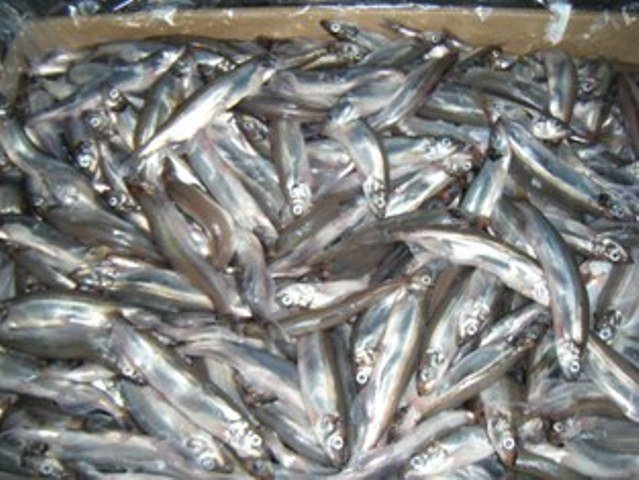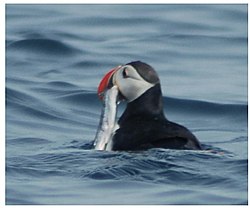Capelin
Timing of spawning and site selection in fish are important
fitness-related traits that ultimately influence reproductive success.
Capelin (<named-content content-type="species" xlink:type="simple">Mallotus villosus</named-content>
(Müller, 1776)), a key forage fish in the north Atlantic, spawn eggs
that adhere to sediments on beaches and in demersal (deep-water)
habitats throughout their geographic range, resulting in divergent
thermal regimes for the incubating eggs. We compare the timing and
duration of spawning of capelin and its influence on the developmental
and survival rates of eggs between a beach and a demersal spawning site
on the northeast Newfoundland coast in 2004 and 2005. Spawning events at
the beach were at least 10 days earlier and shorter (2-3 days) relative
to the demersal site (8-12 days). Hourly and mean daily incubation
temperatures at the beach were higher and more variable relative to the
demersal site, resulting in two distinct developmental strategies: low
to high mortality and rapid development (beach) versus low mortality and
slow development (demersal). Higher egg mortality at beach sites was
explained by higher and more variable temperatures and potentially
limited oxygen replenishment relative to demersal sites. The divergent
biology of beach and demersally spawned eggs suggest that each will
respond differently to environmental change and, thus, require different
approaches for successful management.








No comments:
Post a Comment